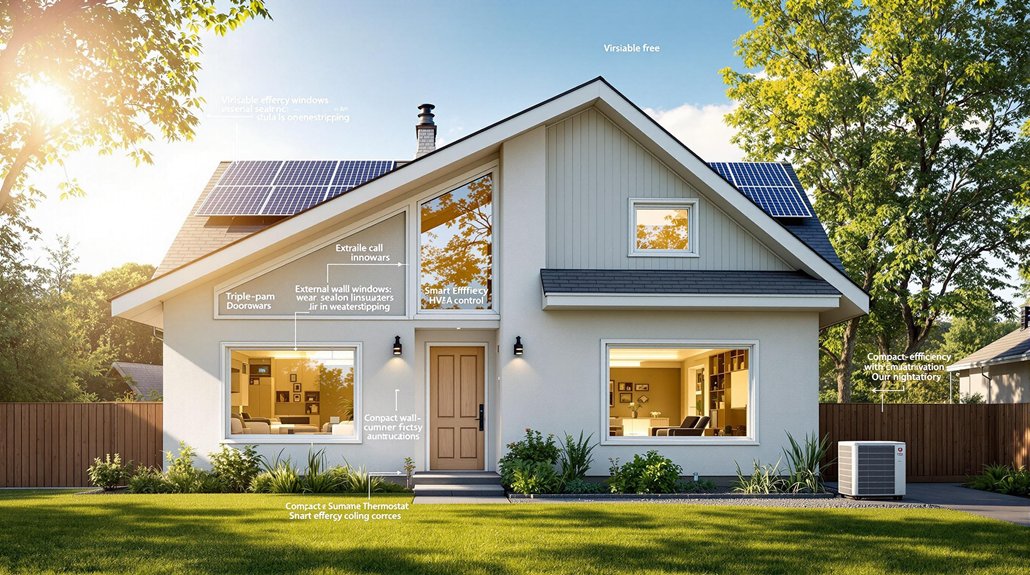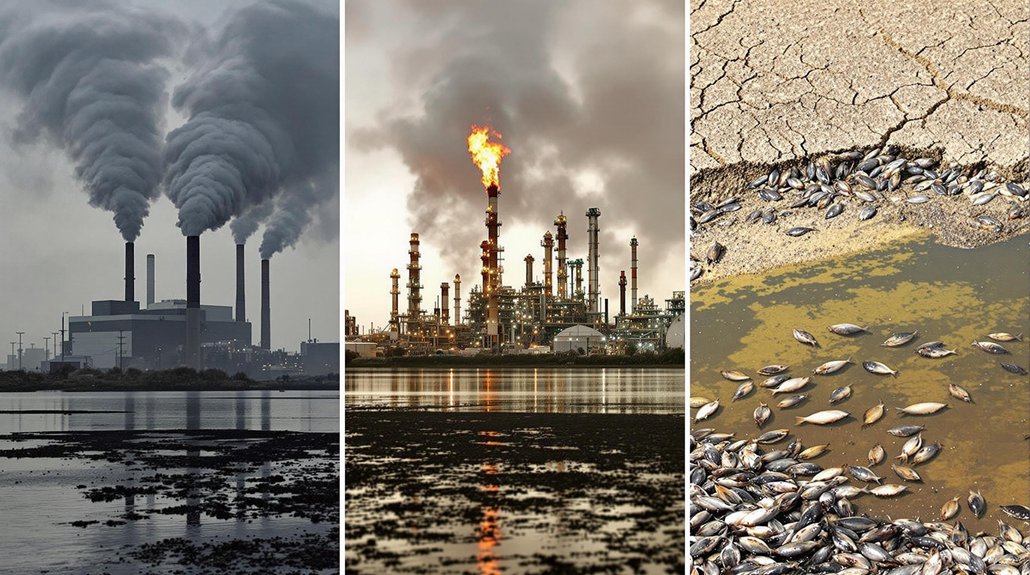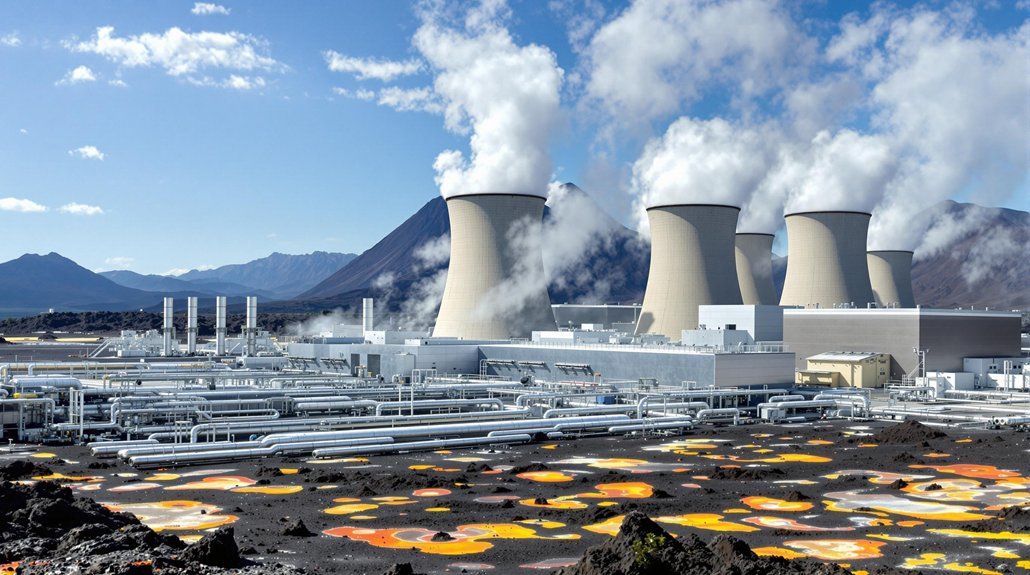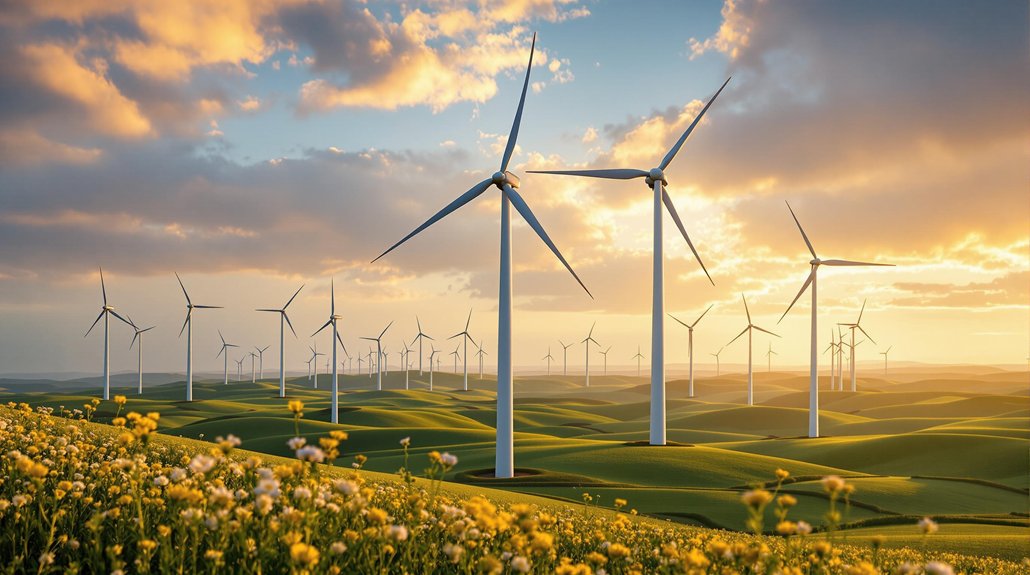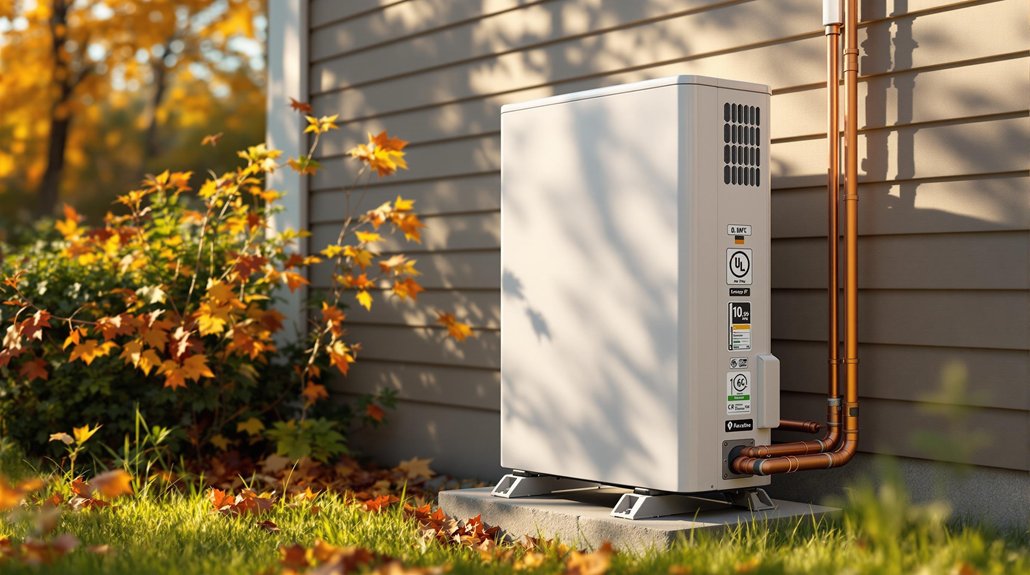Energy-efficient homes feature five key elements that reduce utility bills and improve comfort. Quality insulation with high R-values forms the foundation. Double or triple-pane windows with low-E coatings prevent energy loss. Properly sized HVAC systems certified by ENERGY STAR use 15% less energy. Air sealing eliminates drafts and can cut bills by 15%. Renewable energy options like solar panels and smart home technology optimize energy consumption. These features work together to create truly efficient living spaces.
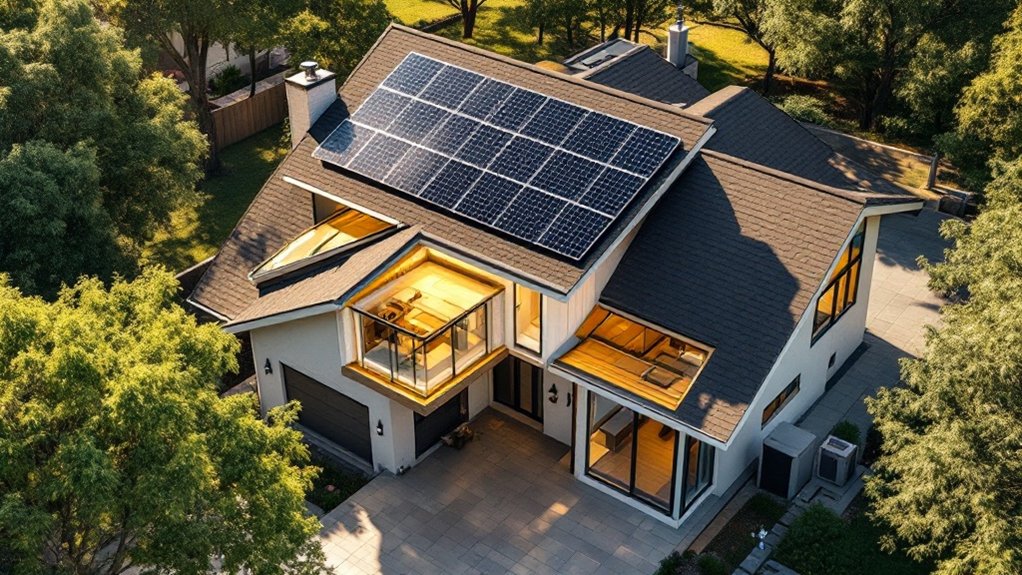
As energy costs continue to rise, homeowners are increasingly turning to energy-efficient features for their homes. These improvements can reduce utility bills while making homes more comfortable and environmentally friendly.
Proper insulation ranks as one of the most important energy-saving features. High R-value materials in walls, attics, and floors greatly reduce heat transfer. Spray foam provides excellent air sealing, while cellulose offers an eco-friendly alternative for those concerned about environmental impact. Cellulose insulation is particularly effective as it can be blown into existing walls and ceilings, making it suitable for both new construction and retrofitting older homes.
Invest in quality insulation—it’s the foundation of home energy efficiency and comfort.
Windows play a vital role in home energy efficiency. Double or triple-pane windows with low-E coatings reflect heat and reduce energy loss. Gas fills between panes enhance insulation properties. These energy-efficient windows help maintain consistent indoor temperatures throughout the year. Studies show ENERGY STAR certified windows save homeowners about 12% on their energy bills compared to standard windows.
HVAC systems consume a large portion of home energy. High-efficiency models certified by ENERGY STAR use 15% less energy than standard units. Proper sizing guarantees peak performance, while regular maintenance keeps systems running efficiently. Many homeowners now install programmable thermostats, which reduce energy waste by adjusting temperatures automatically throughout the day.
Air sealing represents another key energy-efficiency feature. Sealing gaps and cracks reduces drafts and can lower energy bills by up to 15%. This process also prevents moisture issues and improves indoor air quality. Professionals can perform blower door tests to identify hard-to-find leaks throughout the home.
Energy-efficient appliances make a marked difference in household energy consumption. ENERGY STAR certified models use 10-50% less energy than standard versions. LED lighting uses 75% less energy than traditional incandescent bulbs and lasts much longer. Energy-efficient water heaters can cut water heating costs by half.
Renewable energy systems have become more accessible for homeowners. Solar panels can offset 70-100% of electricity usage in many homes. Geothermal systems reduce heating and cooling costs by 30-60% by using the earth’s constant underground temperature. Home energy storage solutions like lithium-ion batteries can store excess energy from renewable sources for use during peak demand periods or power outages.
Smart home technology like automated thermostats and occupancy sensors further enhance energy use by guaranteeing systems run only when needed.
Frequently Asked Questions
How Much Can Energy-Efficient Features Actually Save on Utility Bills?
Energy-efficient features can lead to significant utility bill savings. Homeowners typically see 20-50% reductions in energy costs, translating to $200-$400 annually.
HVAC improvements save 15-30%, while LED lighting cuts electricity use by 75%. Smart thermostats reduce heating and cooling expenses by 10-15%.
Solar panels offer the most substantial savings, potentially cutting electricity bills by 50-90% and saving $10,000-$30,000 over their lifetime.
What Tax Incentives Exist for Energy-Efficient Home Improvements?
The federal Energy Efficient Home Improvement Credit offers homeowners significant tax breaks through 2032.
Homeowners can claim 30% of costs for eligible upgrades, up to $1,200 annually, with a separate $2,000 limit for heat pumps and certain heating systems.
Qualifying improvements include insulation, energy-efficient windows ($600 limit), exterior doors ($500 limit), and HVAC systems.
The credit replaces an older program that had just a $500 lifetime limit.
Are Smart Home Technologies Worth the Investment for Energy Savings?
Studies show smart home technologies deliver measurable energy savings.
Smart thermostats cut energy use by 10-15%, while lighting systems reduce lighting costs by 7-27%.
Smart homes typically use 30-40% less energy overall, saving homeowners $300-$600 annually on utility bills.
Most systems pay for themselves within 2-3 years.
These technologies can also increase home values by 3-5% while reducing carbon footprints.
How Long Does It Take to Recover Costs of Energy Efficiency Upgrades?
The payback period for home energy upgrades varies widely.
Simple changes like LED lighting can pay for themselves in just 6 months to 3 years.
Programmable thermostats typically recover costs within 1-2 years.
More substantial investments take longer: insulation needs 2-5 years, ENERGY STAR appliances 3-5 years, and high-efficiency HVAC systems 5-15 years.
Local energy rates, climate, and installation quality all affect how quickly homeowners recoup their investment.
Which Energy-Efficient Features Provide the Highest Return on Investment?
Attic insulation offers the highest return on investment among energy-efficient features, with ROI between 107-116.9%.
Window replacements follow with 68-81% ROI, while energy-efficient appliance upgrades deliver 52-65% ROI.
HVAC system installations provide 35-71% return.
These improvements also offer significant ongoing savings.
Double-pane windows reduce energy loss by 30-50%, while air sealing can cut heating and cooling costs by 15%.
